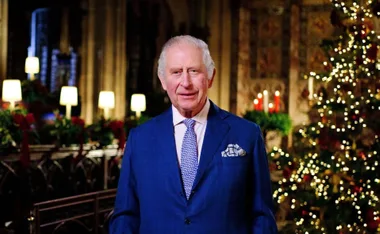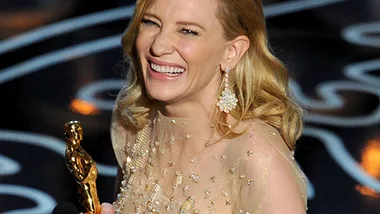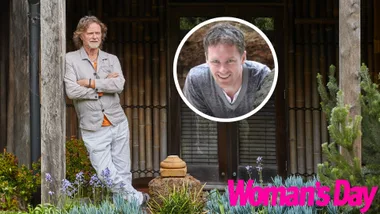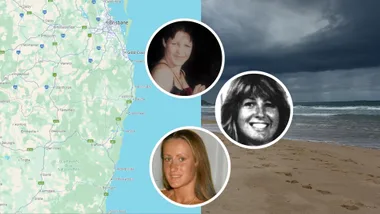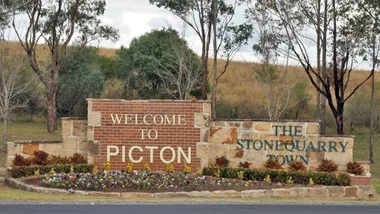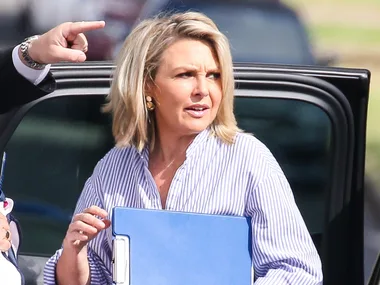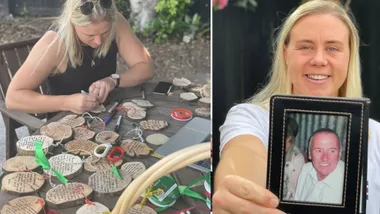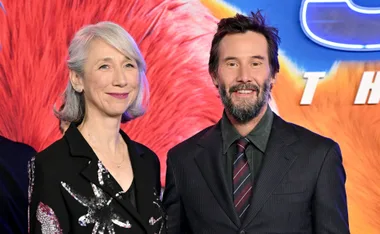It’s hard to believe, but one day this baby will be queen of Sweden.
Princess Estelle – the first child of Crown Princess Victoria and her husband Prince Daniel – was born in Stockholm on February 23.
Estelle slept through her first photo shoot, but still managed to look adorable.
Her full title is Princess Estelle, Duchess of Ostergotland, which she is not likely to be able to pronounce for several years.
Victoria married Daniel – her personal trainer – in June 2010. She announced her pregnancy late last year.

Princess Estelle, the first child of Crown Princess Victoria.

The newborn’s full name is Estelle Silvia Ewa Mary.

The baby’s full royal title is Princess Estelle, Duchess of Ostergotland.

Baby Estelle slept through her first photo shoot.
It was billed as a second honeymoon – one night in a tropical paradise during their whirlwind South Pacific tour. Now there is speculation this secluded luxury bungalow could be the place William and Kate conceived.
The royal couple stayed at the five-star Tavanipupu Island Resort on September 17.
They announced they are expecting their first child today, saying Kate was not yet 12 weeks, meaning she is likely to have conceived after September 10 but before November 5.
We doubt we’ll ever get confirmation, but this sure would be a romantic place to make a baby!

Prince Daniel telling reporters how big the new arrival was.

Daniel and a heavily-pregnant Victoria just days before she gave birth.

Victoria and Daniel at the wedding of Prince William and Kate Middleton.


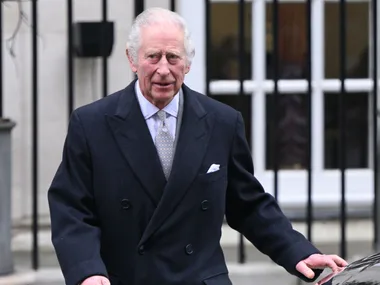
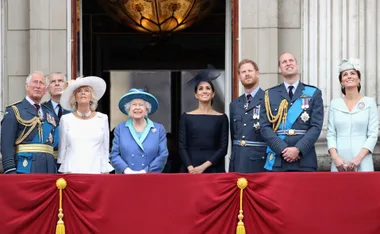
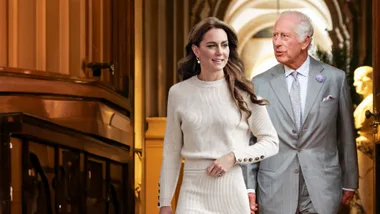


.jpg?resize=380%2C285)
.png?resize=380%2C285)

